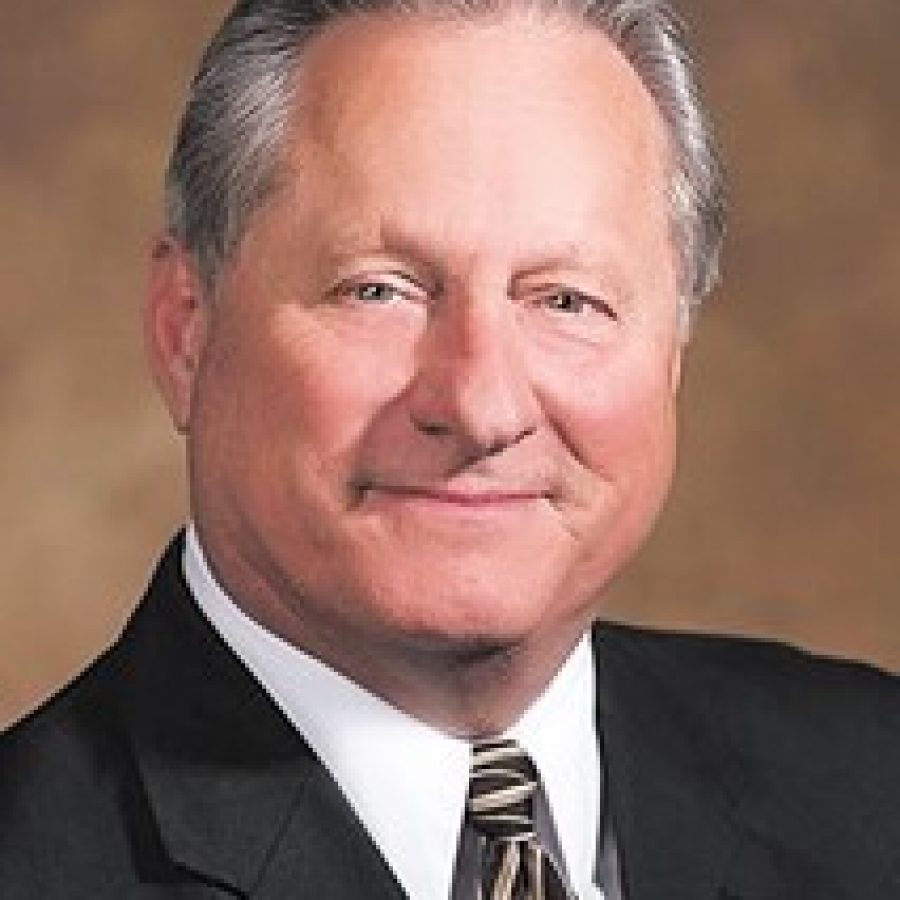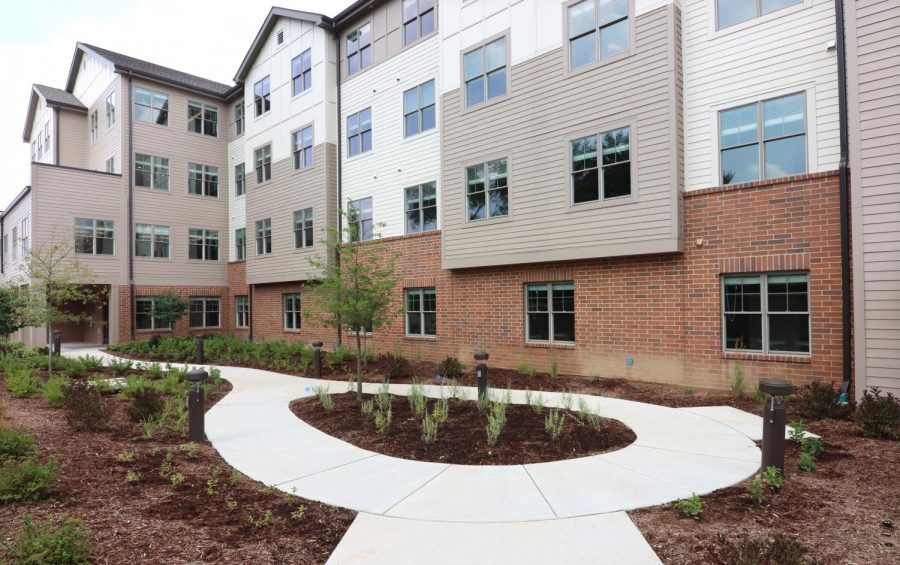The city of Crestwood ended fiscal 2016 with a total fund balance of over $7.8 million — roughly $150,000 more than the previous year.
During the May 9 Board of Aldermen meeting, Mark Graves of Schmersahl Treloar & Co. presented the results of the firm’s audit of the city’s 2016 finances. Schmersahl Treloar gave the city an “unmodified opinion” — meaning it considers Crestwood’s financial statements, ending Dec. 31, 2016, accurate and properly prepared.
Crestwood ended 2016 with a combined balance of $7,849,079 in the city’s four funds — general, capital improvement, parks and stormwater and sewer lateral.
Total revenues exceeded expenditures by $150,115 in 2016.
Crestwood ended 2015 with a combined balance of $7,698,964 in the city’s four funds. Total revenues exceeded expenditures by $256,356 in 2015.
The city’s net position of $29,454,091 at the end of 2016 showed an increase of $121,343 compared to the previous year, reflecting total revenues of $11,096,075 with expenditures totaling $10,974,732.
Crestwood has total liabilities of $1,293,582, down $188,993 compared to 2015, Graves noted. The city carries no long-term debt and Crestwood’s financial position is “very stable,” he told aldermen.
Total expenditures last year increased by $122,324 — 1 percent — from 2015 to $10,974,732 from $10,852,408. The “slight increase” reflected additional personnel costs as a new pay plan took effect for the full year, but was offset by “a significant decline” in capital outlays, specifically the Spellman Avenue reconstruction projects, the audit stated.
In 2016, the city’s total revenues dropped by $1,164,956 compared to 2015, primarily due to “a significant decrease” in capital grant receipts for the Spellman Avenue project and a decrease in tax revenue, “led by sales/use taxes that declined 4.5 percent as a group,” according to the audit.
The general fund recorded a deficit in 2016 of $211,864, though the 2016 budget adopted in December 2015 projected a deficit of $487,355.
“This $275,491 favorable variance was driven by expenditures that were $289,896 — 3.5 percent — below budget, offset by revenues that were below budget by $14,405,” the report stated. “The fund balance for the general fund declined from $4,910,277 at the beginning of the year to $4,698,413 at the end of the year.”
In 2015, the Board of Aldermen adopted a fund-balance policy for the general fund that established a minimum unrestricted reserve requirement of 45 percent.
“You’re well above that 45-percent operating reserve that you have put in place,” Graves said, noting the unrestricted reserve for the general fund totaled 59 percent last year.
In April, Crestwood voters approved Proposition C, a 45-cent tax-rate increase for the city’s general fund.
“The approximate general fund impact of this tax increase is $1.2 million — annual — which will alleviate a number of forward projected deficits in the coming years, while allowing the city to maintain high public-safety and other service levels. The majority of these revenues will be received or accrued at 2017 year end,” the audit stated.
County voters in April approved Proposition P, a half-cent sales tax for police and public safety. The sales-tax revenue will be collected by the county and shared with municipalities on a per-capita basis.
“Early estimates of the size of this sales-tax share back to the city of Crestwood are approximately $525,000 — annual,” the report stated. “Because of the complicated collection implementation steps and sharing formulas of this new sales tax, those revenues may not begin to materialize until the fourth quarter of 2017.”
The capital improvement fund recorded a surplus in 2015 of $120,232, though the original 2016 budget projected a deficit of $246,156.
“This $366,388 favorable variance was driven by expenditures that were $197,757 — 14.1 percent — below budget, offset by revenues that were over budget by $168,631,” the audit stated. “The fund balance for the capital improvement fund increased from $1,683,952 at the beginning of the year to $1,804,184 at the end of the year.”
In 2016, the parks and stormwater fund reported a surplus of $216,499, though the original budget projected a deficit of $114,294.
“This $330,793 favorable variance was driven by expenditures that were $325,623 — 16.4 percent — below budget, offset by revenues that were above budget by $5,170,” the audit stated. “The fund balance for the parks and stormwater fund grew from $801,650 at the beginning of the year to $1,018,149 at the end of the year.”
The sewer lateral fund recorded a surplus of $18,838 last year, though the 2016 budget originally anticipated a deficit of $2,425.
“This favorable variance was driven by expenditures that were $20,686 below budget and by revenues that were over budget by $577,” the audit stated. “The fund balance for the sewer lateral fund increased from $235,659 at the beginning of the year to $254,497 at the end of the year.”
Crestwood provides a defined-benefit pension plan to employees through the Missouri Local Government Employees Retirement System, or LAGERS.
“… The pension for the city of Crestwood is overfunded at LAGERS right by $2.9 million at that point in time …,” Graves said, referring to the end of LAGERS’ fiscal year on June 30, 2016.
The audit also states that Crestwood, like many surrounding municipalities, has experienced the long-term impact of a declining economy, particularly in the Watson Road business corridor.
“While the economy has improved over the last couple of years, there are still challenges that the city faces, such as maintaining high public-safety and service levels, while experiencing overall flat to declining sales-tax revenue streams and a declining retail base,” the report stated.
The report also noted that the Board of Aldermen approved an agreement last year with UrbanStreet Group of Chicago for the redevelopment of the former Crestwood Plaza site. Demolition began last spring and is expected to be completed soon.
A new pay plan for city employees was effective at the beginning of 2016, with employees progressing through a pay matrix comprised of grades and steps.
“Most of the step-to-step changes are in the 5-percent range. The plan is needed in order to restore the workforce to an average competitive pay position — over an approximate five-year horizon — with respect to similar municipalities …,” the report stated.









